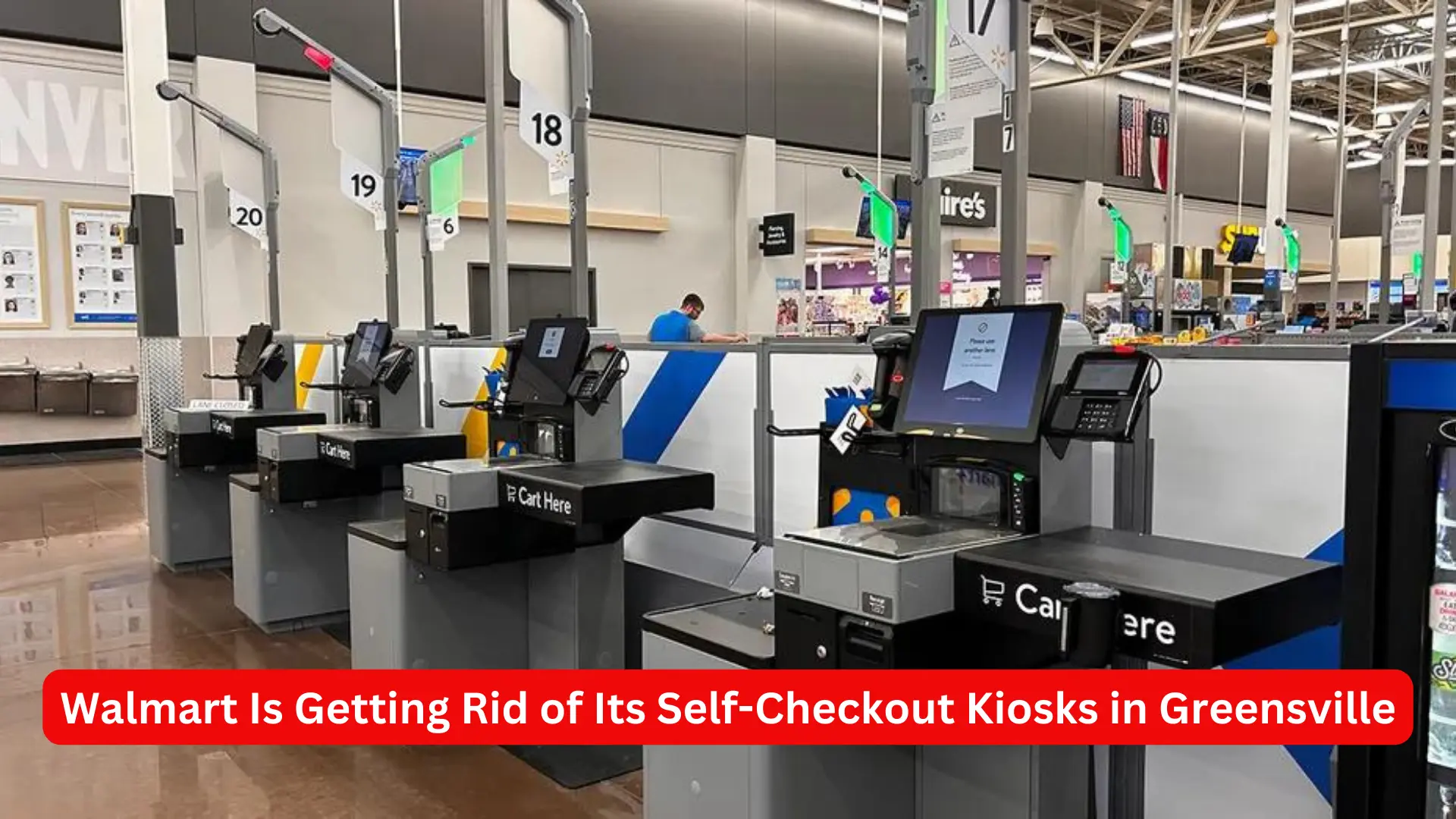Walmart Is Getting Rid of Its Self-Checkout Kiosks in Greensville

Walmart, one of the largest retail chains in the world, has made a significant decision to eliminate self-checkout kiosks in its Greensville, South Carolina store. This change marks a substantial shift in the company’s strategy, as it moves away from automated checkout systems and reinstates human cashiers. The move has garnered attention and sparked discussions about the future of retail, customer service, and employment.
Background of Walmart’s Self-Checkout Implementation
Walmart introduced self-checkout kiosks in the early 2000s as part of a broader effort to streamline the shopping experience, reduce labor costs, and increase efficiency. These kiosks allowed customers to scan and bag their items independently, providing a faster alternative to traditional cashier-staffed lanes. The concept was well-received in many locations, leading to widespread adoption across the United States and beyond.
Reasons Behind the Removal of Self-Checkout Kiosks
Despite the initial success of self-checkout kiosks, Walmart has faced several challenges that have prompted a reevaluation of this technology. Customer Experience has been a significant factor, as many shoppers prefer human interaction during their purchasing process. Issues such as technical glitches, difficulties with scanning certain items, and the lack of assistance when problems arise have led to customer frustration. In Greensville, these issues have been particularly pronounced, leading Walmart to take action.
Security Concerns also play a crucial role in this decision. Self-checkout systems have been associated with higher rates of theft and fraud, as they rely heavily on the honesty of customers. Walmart has invested heavily in security measures to mitigate these risks, but challenges persist. The decision to revert to staffed checkout lanes aims to enhance security and reduce shrinkage.
Impact on Employment and Customer Service
The removal of self-checkout kiosks and the reintroduction of human cashiers will have significant implications for employment in Greensville. Walmart’s move is expected to create numerous job opportunities, as the store will need to hire and train additional staff to manage the checkout process. This change is likely to be welcomed by the local community, as it provides a boost to employment rates and supports economic growth.
From a customer service perspective, this shift aims to enhance the shopping experience by providing personalized assistance and improving the overall efficiency of the checkout process. Human cashiers can handle complex transactions, address customer queries, and resolve issues more effectively than machines. This change aligns with Walmart’s commitment to delivering high-quality service and ensuring customer satisfaction.
Technological Advancements and Future Prospects
While Walmart is removing self-checkout kiosks in Greensville, the company continues to explore and invest in advanced technologies to enhance the retail experience. Automation and AI remain integral to Walmart’s long-term strategy. Innovations such as automated inventory management, AI-driven customer service solutions, and smart shopping carts are being tested and implemented in various locations.
The decision to eliminate self-checkout kiosks in Greensville does not signify a complete abandonment of technology. Instead, it reflects Walmart’s adaptive approach to leveraging technology in ways that best serve its customers and business goals. The company is likely to continue experimenting with new technologies and refining its strategies to stay competitive in the dynamic retail landscape.
Community Reactions and Feedback
The response from the Greensville community has been mixed. Some customers have expressed relief and satisfaction with the return of human cashiers, citing improved service and a more pleasant shopping experience. Others, who appreciated the speed and convenience of self-checkout kiosks, have voiced disappointment.
Local businesses and stakeholders have also weighed in on the change. Economic Benefits are anticipated as the increase in employment opportunities is expected to stimulate local spending and support small businesses. However, there are concerns about the potential impact on efficiency and wait times during peak shopping hours.
Comparative Analysis with Other Retail Chains
Walmart is not alone in rethinking its approach to self-checkout systems. Several other major retail chains have also experienced challenges with this technology and are exploring alternative solutions. Target and Kroger have implemented hybrid models, combining self-checkout kiosks with staffed lanes to cater to diverse customer preferences.
The retail industry is witnessing a broader trend towards balancing automation with human interaction. Companies are recognizing the importance of customer satisfaction and the need to offer flexible options that accommodate different shopping behaviors. Walmart’s decision in Greensville can be seen as part of this larger movement towards optimizing the retail experience.
Future Directions for Walmart
Looking ahead, Walmart is expected to continue its focus on enhancing the shopping experience through a combination of human service and technology. The company is likely to gather data and feedback from the Greensville store to assess the impact of this change and make informed decisions for other locations.
Sustainability and Ethical Practices will also play a crucial role in Walmart’s future strategies. The company has committed to various initiatives aimed at reducing its environmental footprint, promoting fair labor practices, and supporting local communities. These efforts are expected to resonate with customers and stakeholders, further strengthening Walmart’s position in the market.
Conclusion
Walmart’s decision to remove self-checkout kiosks in its Greensville store represents a significant shift in its approach to customer service and retail operations. By reinstating human cashiers, the company aims to enhance the shopping experience, improve security, and support local employment. This move reflects a broader trend in the retail industry towards balancing automation with human interaction to meet evolving customer needs.
As Walmart continues to innovate and adapt, the lessons learned from Greensville will inform future strategies and decisions. The company’s commitment to leveraging technology while prioritizing customer satisfaction and community welfare positions it for continued success in the competitive retail landscape.




